 In my previous post, I pondered at some length How to Talk About Books You Haven’t Read by Pierre Bayard (2007), in which the author argues in favor of a spirited discourse about literature untrammelled by antiquated notions of any pesky obligation to actually read the books under consideration.
In my previous post, I pondered at some length How to Talk About Books You Haven’t Read by Pierre Bayard (2007), in which the author argues in favor of a spirited discourse about literature untrammelled by antiquated notions of any pesky obligation to actually read the books under consideration.
Among other dangers, such a proposition, especially when it comes from an authority figure such as a French professor of literature, risks getting taken as permission to skip active, direct engagement with the works that constitute the primary source materials of any medium or discipline, directing attention instead to what are called secondary sources ― in other words, emphasizing what people say about those works over what the works say for themselves. Were this a legal context, this would represent prioritizing hearsay over hard evidence.
If you’ve followed me this far, however reservedly, you’ve perhaps come to share with me the realization that Bayard’s formulation, though restricted by him to literature, applies no less to material in other media ― film, dance, music, art, and yes, even photography ― than it does to books. Taking Bayard’s treatise as a model, we could easily craft a counterpart ― “How to Talk about Photographs You Haven’t Seen” ― for our own field. Since that’s my bailiwick here, to what extent do we (and, if we teach, do our students) talk about photographs we don’t know at all, or have looked at carefully sometime in the past but since forgotten, or have only glanced at, or have merely heard of?
I’ll go first. Let me admit that in my schoolboy period, from pre-adolescence through early adulthood, I did in fact and not infrequently talk about books I hadn’t read. This seemed inevitable, given the archaic texts (Hiawatha, anyone?) and workload teachers imposed on me and my fellow students from junior high school onward, combined with the emphasis those various faculties placed on what constituted the necessary and expected thoroughness of a responsible scholar’s reading of any text.
Once I left the hallowed halls, circa 1967, I vowed never again to talk about books I hadn’t read, because I found it more embarrassing to bullshit my way through such a discussion than to admit frankly my unfamiliarity with the work. In fact, I went further, deciding not to venture opinions on anything with which I hadn’t engaged (literature, music, art) or to which I hadn’t given sufficient attention and thought to qualify my opinion as considered.
As Bayard notes repeatedly (indeed, he presents it as the motive for his project), shame attaches itself unreasonably to an admission of ignorance of any individual work within the “collective library” of a given cohort. As a result, the habit of lying to disguise unfamiliarity with this or that book (or film, or song, or painting, etc.) becomes ingrained in most people, socially taken for granted to such an extent that truthfulness in this regard comes as a shock. Over the years a number of people have found this contrariness of mine disconcerting, not least my son Edward in his pre-teen years, when for some reason he expected me to have an informed position on everything and seemed crushed, even offended, whenever I proved that assumption wrong.
I made that same commitment as I moved into my professional role as a critic. In fact, careful description and formal analysis became central to my critical practice over time. Reflection led me to perceive in my own early work an emphasis on the imagery I encountered and the content I extracted therefrom, with a not necessarily consequent lack of close attention to the form of the work ― the particulars of the physical objects and spaces (books, prints, exhibitions) about which I wrote.
 Presently, for example, I’m collating a volume of all my columns for the New York Times, 1970-74. Re-reading them, I’m hard-pressed to glean from them even the sizes of prints on display in a show or the number of works that constituted a given exhibition, much less the type of print and the printing strategies involved. As I came to understand the signification of the ways in which form and content mesh (or fail to do so) in photography, those issues came to the foreground in my consideration.
Presently, for example, I’m collating a volume of all my columns for the New York Times, 1970-74. Re-reading them, I’m hard-pressed to glean from them even the sizes of prints on display in a show or the number of works that constituted a given exhibition, much less the type of print and the printing strategies involved. As I came to understand the signification of the ways in which form and content mesh (or fail to do so) in photography, those issues came to the foreground in my consideration.
And though it’s hard to make description and formal analysis interesting to read, more so certainly than interpretation and evaluation, I began to build those into my writing. You’ll see the difference, I think, if you contrast the essays collected in my book Light Readings (1979), which includes much of the cream of my work for the Village Voice and the New York Times, with those in a subsequent collection, Critical Focus (1995), written from 1988 on, mostly for the New York Observer.
Description and formal analysis also became central to my concurrent practice as a teacher of history, theory, and criticism of photography, at New York University most extensively but also at other schools and venues for workshops and seminars. Whether done on paper, for readers, or in a Socratic dialogue with students, grounding a discussion in the blunt, ineluctable facts of what someone actually made has a salutory effect on the quality of the discourse. Conversely, wandering far afield from what you can point to and verify within the work leads (at least in my view) down the path to airy blather.
Aside from my own decision to anchor my commentaries in the concrete details of the works I chose to weigh, I pursued this approach in good part to counterbalance a disturbing tendency to avoid even mentioning the specific characteristics of photographic works that I saw in the writing of most of my colleagues in the 1970s, and still see today. The decreasing editorial space devoted to photography in most mainstream publications exacerbates that tendency by excusing it; how do you fit any telling amount of detailed description and formal analysis into a two-paragraph “review”?
To my dismay, we’re heading rapidly toward critique by tweet ― or, now, the more expansive Summly review ― in whose compaction the Speedwriting advertised widely in the 1950s (“f u cn rd ths, u cn bcm a sec & gt a gd jb w hi pa”) will find its apotheosis. But few of my colleagues chafe at such strictures; for most, I dare say, it comes as a relief.
I gave up reviewing books and exhibitions a long time ago, with occasional exceptions, so the shrinkage of available editorial space for such expository prose doesn’t affect me directly as a writer. The essays I work on and publish nowadays allow me sufficient room for the exploration of a work’s facture, its physicality, and its formal structure. Among other effects, I think this helps convince my readers that I have actually spent time focusing closely on the work under scrutiny. I also believe that my own example of careful attention to such specifics helps persuade readers that they too might profitably devote some time to a hands-on, eyes-on engagement with said works, rather than relying on reports about them.
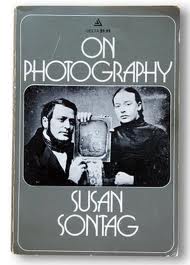 Bayard’s position does put me in mind of much of the writing about photography of the past four decades ― by Susan Sontag, Roland Barthes, Jean Baudrillard, and sundry others, many of them (perhaps significantly) French, like Bayard himself, or else intellectually francophile by inclination. Their commentaries concern themselves almost exclusively with what Bayard terms the “locations” of given photographs or bodies of work within what he calls the “collective library” of photographs about which the chattering classes natter. To put it another way, they eschew the act of attending closely to the specifics of said photographs or bodies of work, preferring instead to divagate on the presumed skein of relationships among them.
Bayard’s position does put me in mind of much of the writing about photography of the past four decades ― by Susan Sontag, Roland Barthes, Jean Baudrillard, and sundry others, many of them (perhaps significantly) French, like Bayard himself, or else intellectually francophile by inclination. Their commentaries concern themselves almost exclusively with what Bayard terms the “locations” of given photographs or bodies of work within what he calls the “collective library” of photographs about which the chattering classes natter. To put it another way, they eschew the act of attending closely to the specifics of said photographs or bodies of work, preferring instead to divagate on the presumed skein of relationships among them.
This isn’t a tendency of the French alone. As I pointed out back in 1997, you can peruse the entire English-language “discourse” around Cindy Sherman’s “Untitled Film Stills” without encountering any substantive engagement with the particulars of any one image of hers. Most people “doing theory” vis-a-vis photography exemplify this attitude. When they do talk about an image, they tend to discuss not its content but rather its contents, the literal subject matter, and their personal response thereto ― equivalent to assessing a Cézanne still life according to your preferences in fruit. And I can’t manifest much interest in reading essays by, or talking about photography with, anyone who finds concentrating on the actual work itself bothersome and tedious and fundamentally beside the point.
I realize that this attention to the work, the specific artifact created by the artist, will sound laughably antiquated to many. But I view it as a technique for restraining oneself from the tendency to talk through one’s hat, and also as a way of detecting in others an inclination toward uttering what Alan Sokal has so pithily described as “fashionable nonsense.” Unmoored from the precise and verifiable, floating free of all accountability to a referent that can be checked for accuracy, the result invariably sounds like something out of The Instant Art Critique Phrase Generator.
With that said, while I’ve never reviewed or otherwise discussed an exhibition or book or photo-related event that I didn’t actually visit or peruse or attend, I’d have to admit that some of them I merely skimmed in comparison to the attention I paid to others. Undoubtedly I got distracted from time to time during my involvement with them, even the most engrossing. And, by now, I’ve surely forgotten much about most of them, even those to which I attended closely at the time I encountered them.
Bayard’s not entirely wrong; no book’s reader, no picture’s viewer, achieves perfect stillness and full absorption of any work. I don’t consider that a justification for abandoning the effort; I’d rather live with my failures, striving for improvement, than convert them into a methodology and celebrate it.
Your turn.
•
This post supported by a donation from the Estate of Lyle Bongé.


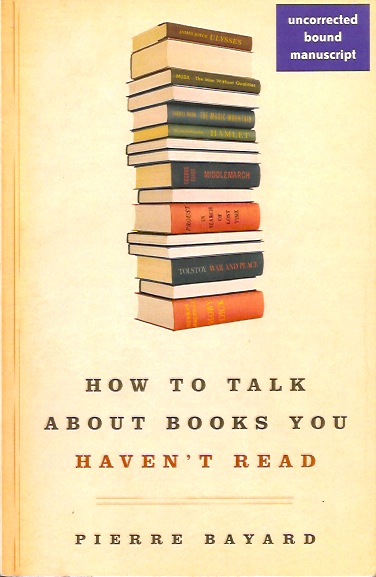
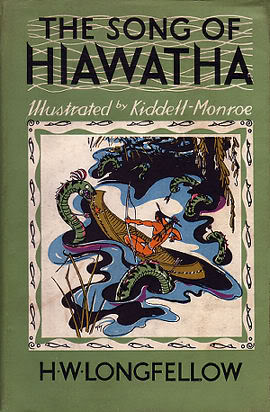
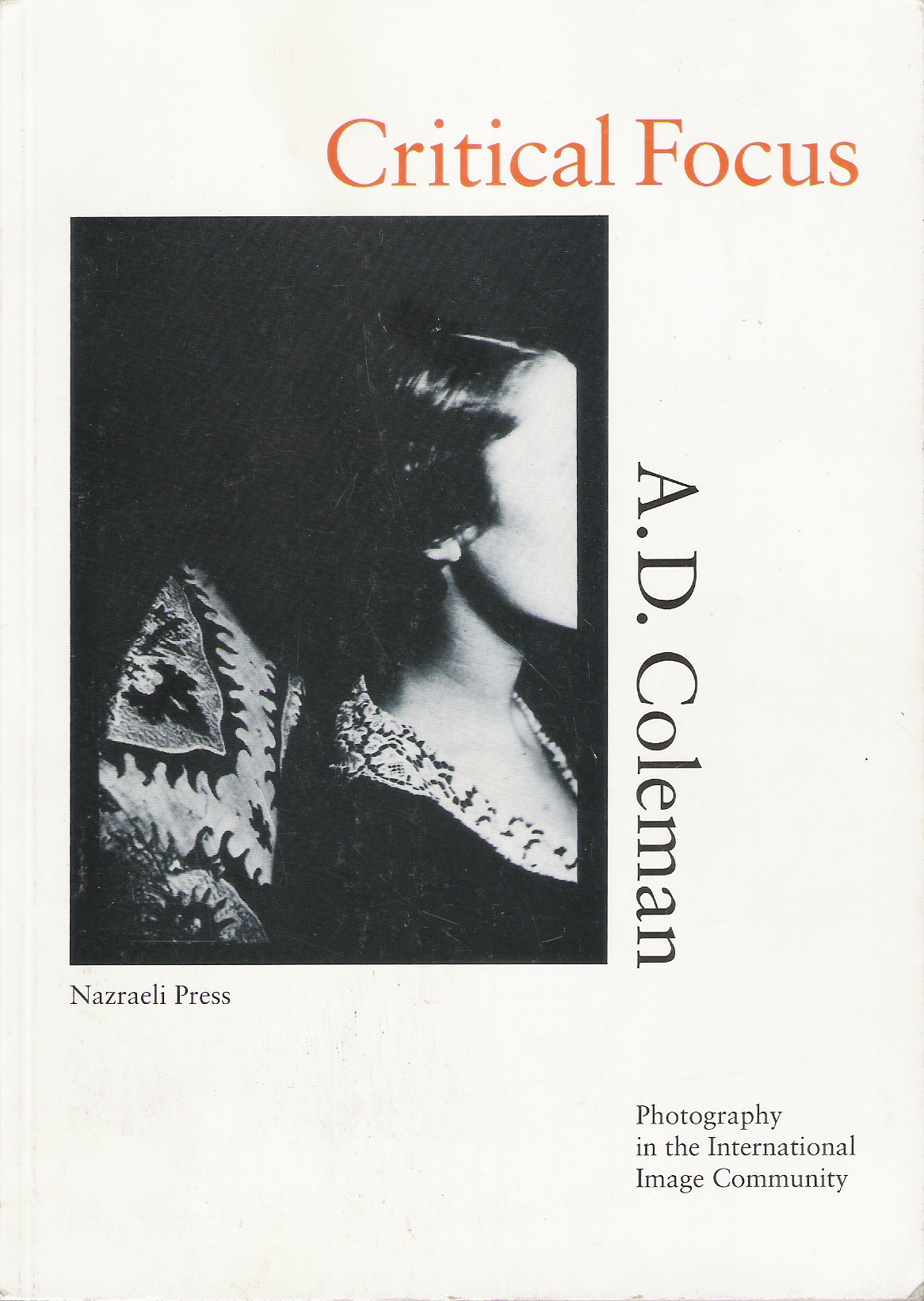
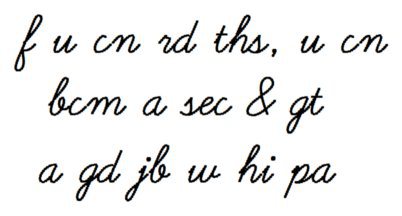
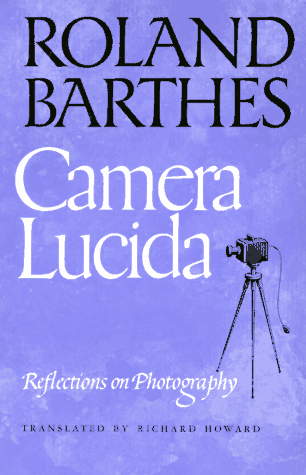
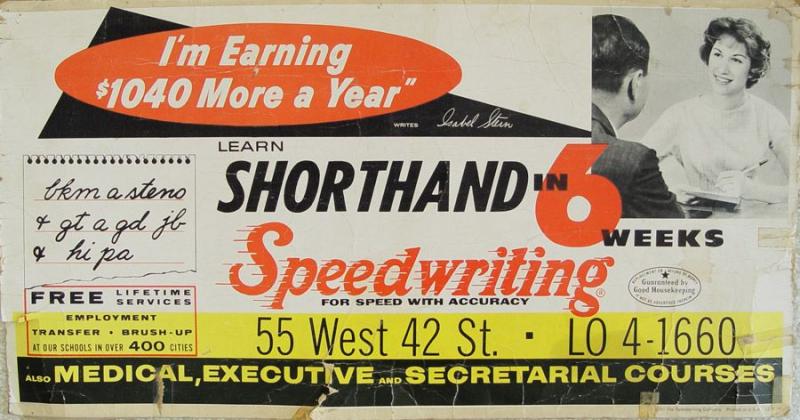




Leave a Comment